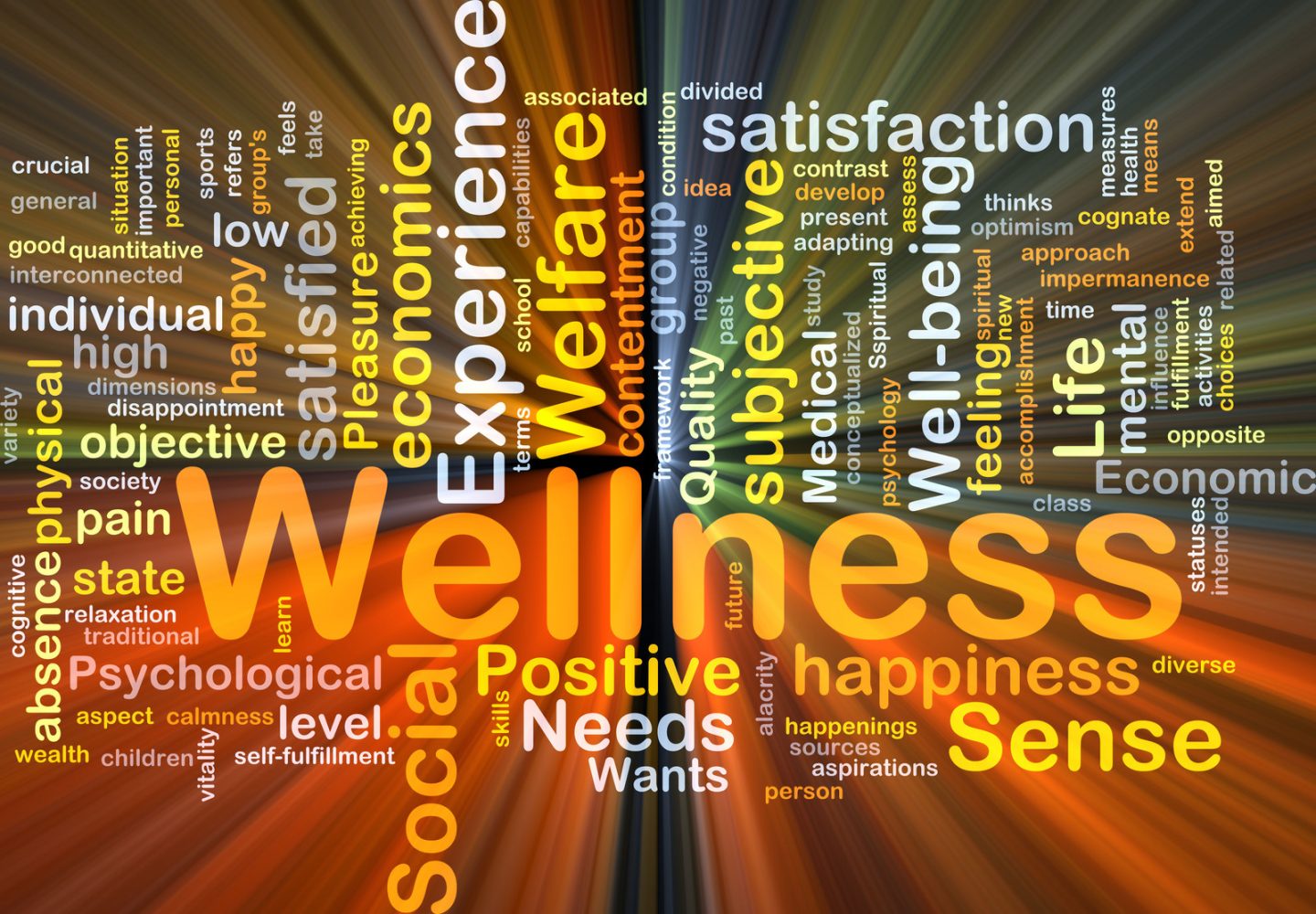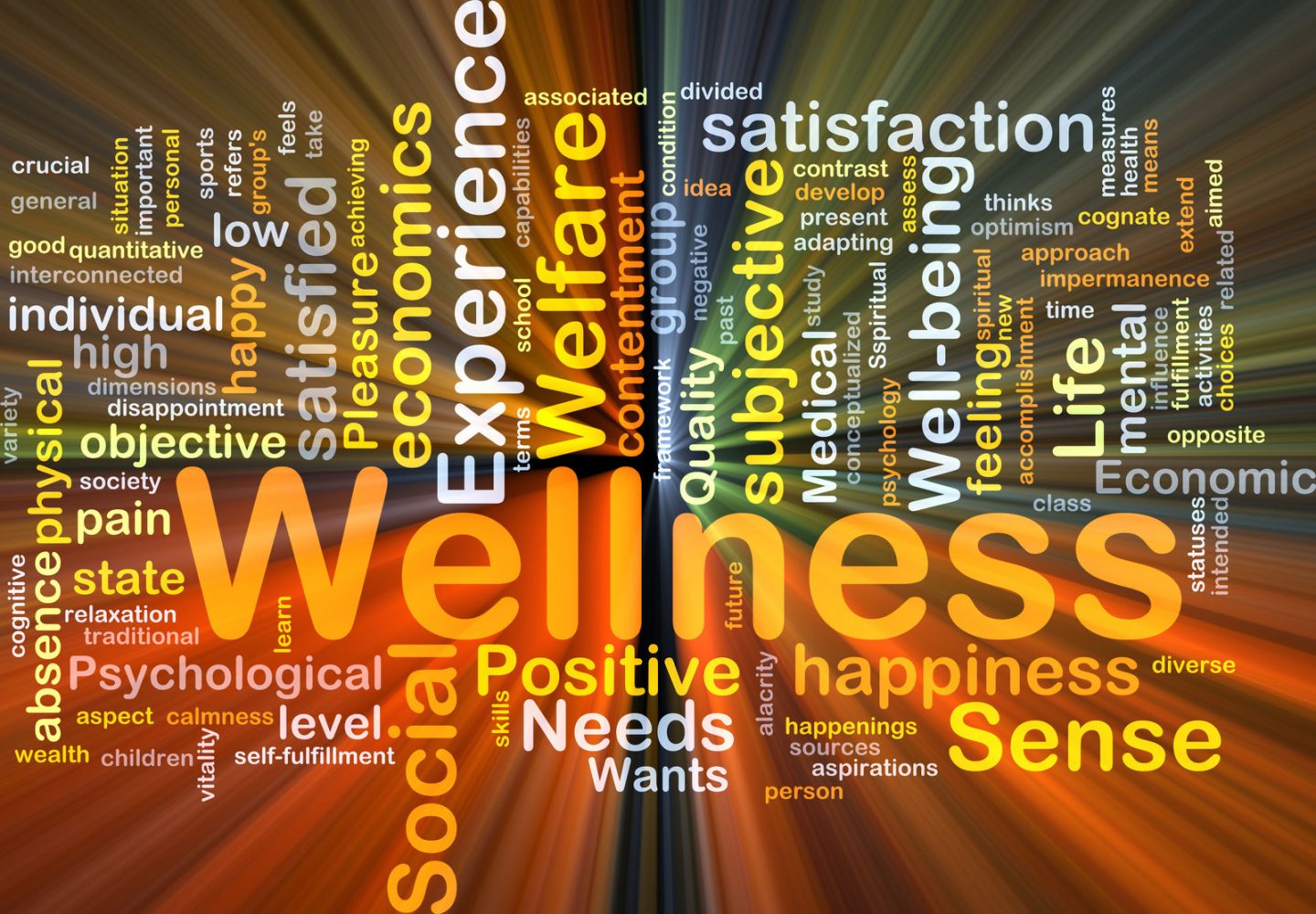Strength training can benefit muscles and bones throughout life

BY LORI WEINZATL
Ministry Rehab Services
Strong bones and strong muscles go together. And both are essential to good health, mobility and independence in old age. That’s the conclusion of recent studies linking sarcopenia and osteopenia to an increased risk of falls, fractures and the possible need for long term care of older adults.
Sarco refers to muscle; osteo means bone and penia, loss.
Osteopenia and osteoporosis (a more severe loss of bone density) have long been known to pose threats to older men as well as women. Recent research has found that sarcopenia is also a hazard. And the combination of bone and muscle loss is more debilitating than either on its own.
For most humans, both muscle mass and bone density reach their peak by age 30 and decline gradually thereafter, becoming more noticeable around age 60 or 70.
But it’s not just the size of your muscles that counts; it’s their strength and ability to function–grip strength, walking speed, balance, mobility. And these, too, decline with advancing age.
Reduced muscle mass can co-exist with lower bone density or it can cause those changes. When muscles are strong, they exert a strong mechanical force on the bones around them, giving the bones what they need to stay dense and strong. Conversely, weak muscles lead to weaker bones.
One study found that older men with either sarcopenia or loss of bone density had a much greater risk of non-spine fractures compared to those with normal bone and muscle mass. And for those with both bone and muscle loss, the risk was nearly three times higher than that for males with either condition alone.
For women, the increased risk was similar for women with osteoporosis or osteopenia as for women with a combination of bone and muscle loss. The authors stressed that, in this study, “sarcopenia was an independent risk factor for fractures in men” and “these men had higher rates of impairment, poor health, and lower activity.”
The causes of sarcopenia are not completely understood and involve many factors, including:
NEUROMUSCULAR CHANGES: Muscles are activated and controlled by nerves. And, with advancing age, some of these motor neurons die or become less functional. With the loss of nerve cells, muscle fibers will also atrophy and eventually die.
During this process, fast-twitch motor units tend to be replaced by slow twitch ones. As a result, your movements are going to be slower than they once were and not as forceful.
CHANGES IN PROTEIN METABOLISM: The protein synthesis that our bodies require to repair and rebuild muscle tissue also becomes slower in older adults. As a result, muscles get smaller and less able to repair themselves after an injury or a work overload.
CHANGING HORMONES: Hormones that may play a role in sarcopenia include growth hormone, testosterone and insulin-like growth factor. All three of these are crucial to protein metabolism. For women, levels of both estrogen and testosterone decrease after menopause.
EXERCISE: One major reason for loss of muscle mass and strength is the decreased physical activity that often comes with advancing age.
Conversely, seniors who exercise regularly can delay or even prevent the physical changes outlined above. Any physical activity is beneficial, but resistance training with weights is particularly important for older adults.
At least two studies found that a properly designed resistance training program increased the effectiveness of motor neurons and improved the recruitment of muscle fibers resulting in faster muscle contractions and greater force with each contraction.
If you have not exercised recently or have a chronic medical condition, you should talk to your primary care clinician before starting any exercise program. Studies have shown, though, that even frail elderly men and women in their 80s and 90s can benefit from strength training.
It’s important to focus on all major muscle groups: shoulders, back, chest, abdomen, arms and legs. The lower body, including knee and hip extensors, are particularly important for mobility, balance and gait.
Lori Weinzatl is a Physical Therapy Assistant with Ministry Rehabilitation Services, part of Ascension in Rhinelander
Leave a reply
You must be logged in to post a comment.




